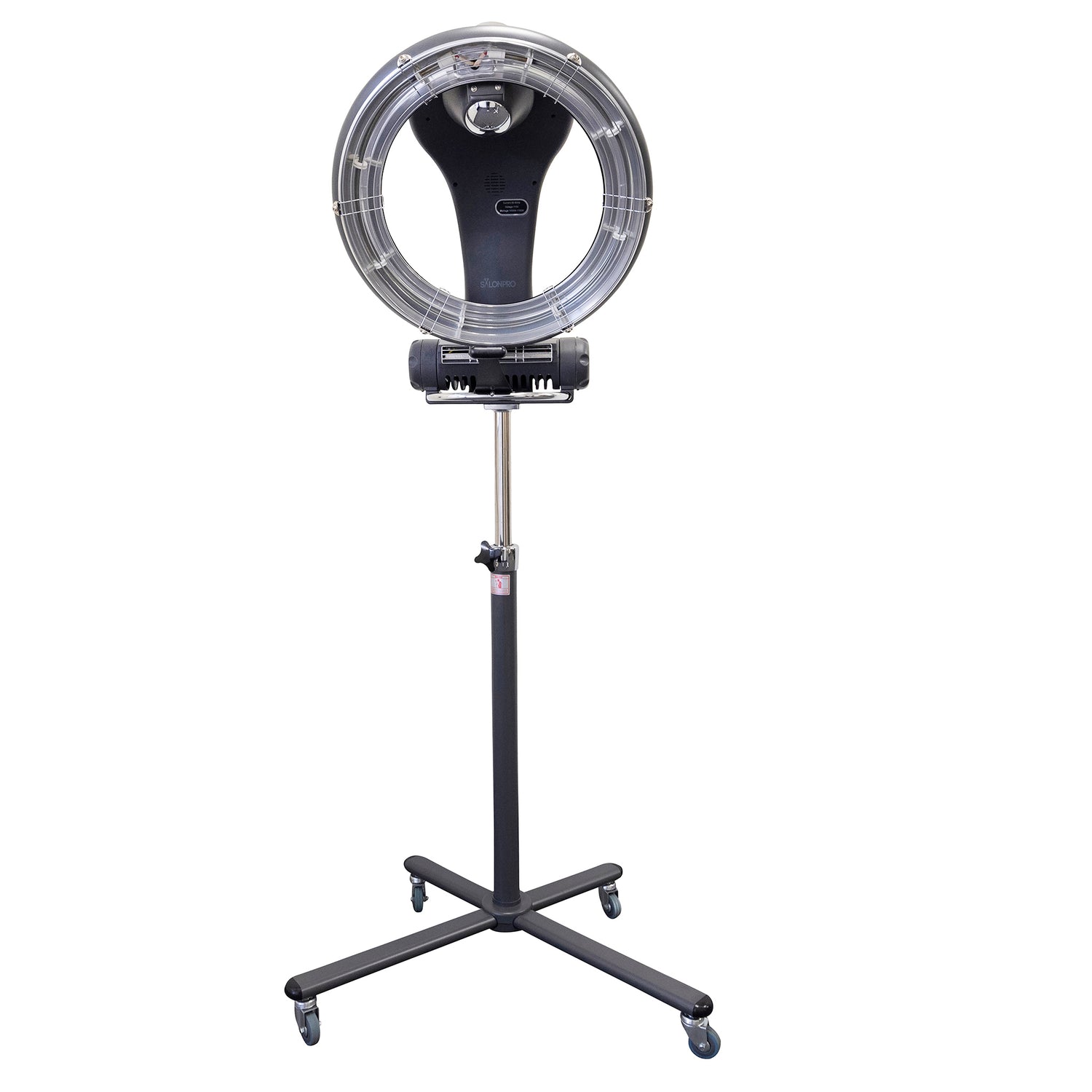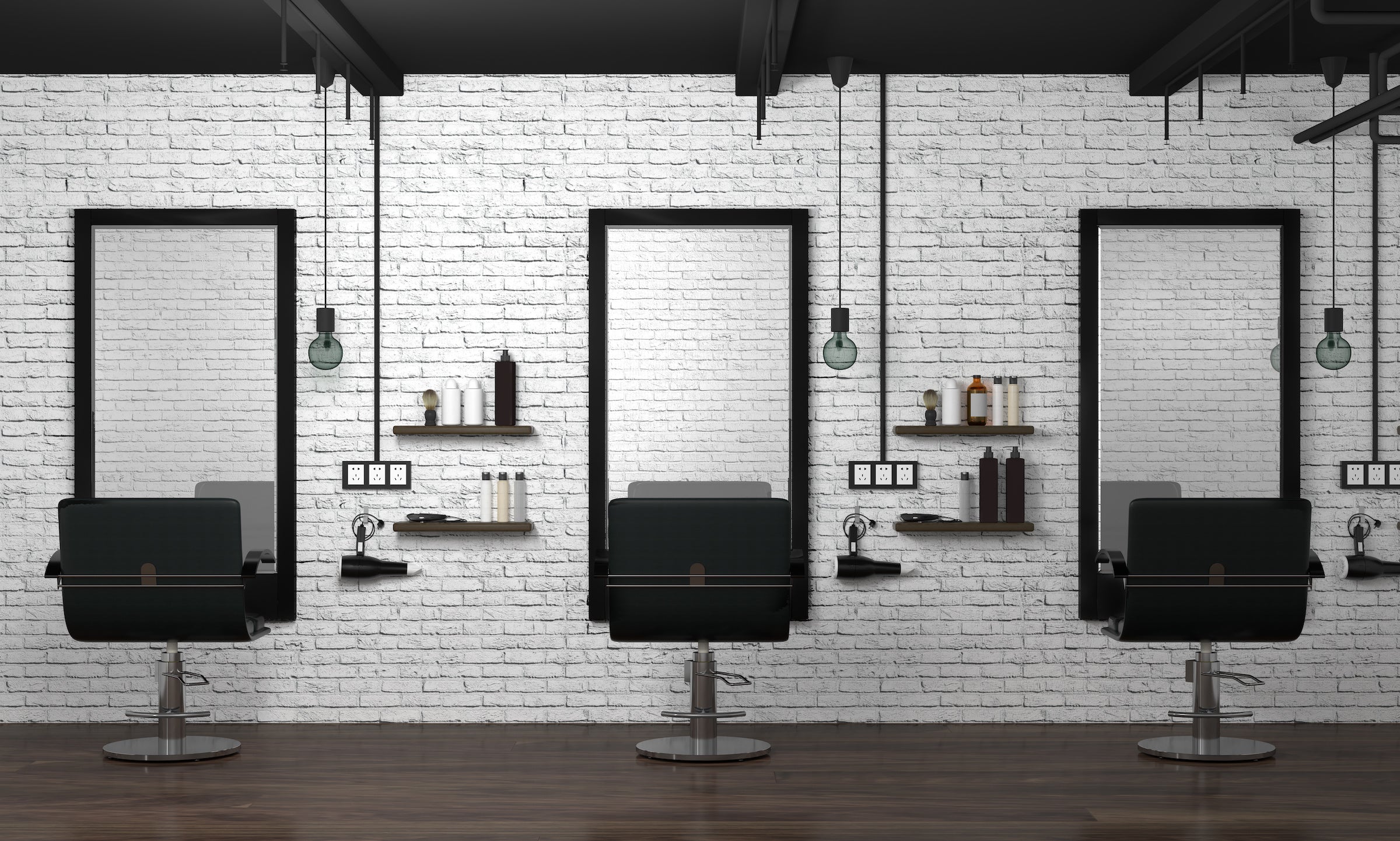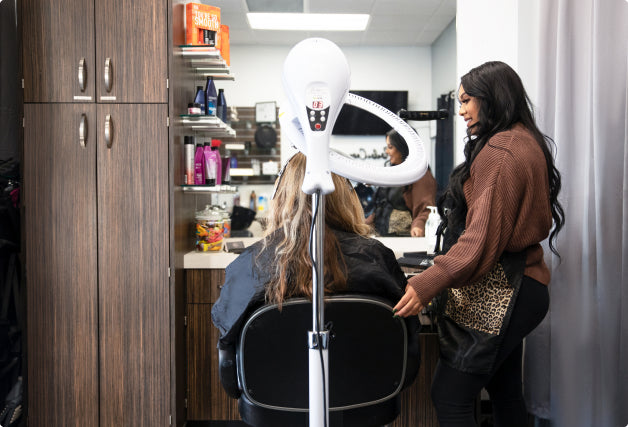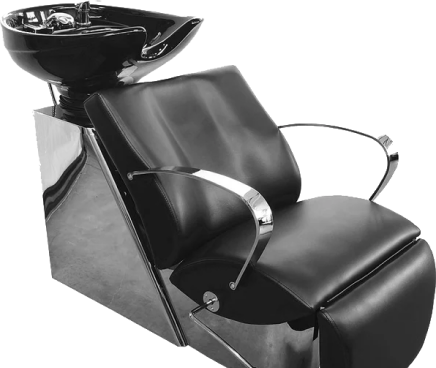Becoming a salon owner is more than just having the eye in coming up with the latest hair trends. It is also more than having the talent in scouting skilled hairdressers or implementing a unique theme that will send customers coming to your shop. A good salon owner knows all about the finances of the business. A salon owner should understand the budget and the cash flow of their business. More than just the passion for beauty, he or she should be familiar with the tricks of the trade. Sadly, many salons fail because owners become overwhelmed with this aspect of the business. We hope you are not going to be one of them!
The good news is that learning the finances is just like your initial steps in familiarizing yourself with haircuts. It’s similar to picking up the shears for the first time! Speaking of the first time, at the point of start-up, have you thought about the budget you have to allocate in obtaining a business permit and other necessary licenses to run a salon? There will be fees to pay even as early as this stage in setting up the business. If you do not have any idea on what to do, you can head to your local government and inquire about the necessary permits. These vary depending on the location you are in. If you want, you can seek the assistance of an accountant or a bookkeeper specializing in the beauty business in assembling your entity. You can also heed their advice on how to save taxes.
How about the stylists for your salon? There are two ways of hiring salon staff. The first one is the commission-based model wherein you hire hair experts and pay them a percentage of the clients they bring in. If you want a controlled working environment, this is the hiring model that is fit for you. With this, you can manage scheduling and training and can lead the team yourself.
The other model is the booth rental model wherein you just provide the space and the stylists act as their own individual businesses. This can significantly reduce your employment costs such as the benefits that you would have to pay and other employment taxes. Although you will not have much control over the stylists, this model is for you if you are more on just providing a venue rather than running your own salon, hands on.
Now that we have discussed the initial things you would have to consider, let us proceed to discuss how to create a solid financial planning strategy.
- A Good Grasp on Your Numbers
Financial planning starts with understanding how your business is operating so far. At this day and age, bookkeeping has become easier that you do not have to be an experienced accountant to pull it off. You can track payments, everyday expenses, traditional bookkeeping, and even paying your business’ utility bills using a software fit for you. It would be nice if you can obtain an application that can do scheduling and POS or point-of-sale system functions. If you are able to get an app that incorporates all of these purposes, then the best for your shop is yet to come. You can also consult your accountant or bookkeeper to share which software they recommend.
- Numbers Analysis
Analyzing your numbers means looking at how the business is running so far with an honest eye. It is identifying how much the business is earning versus how much it is spending. Before, doing this means hiring an accountant to analyze and come up with reports to review but because there are many software and applications that you can rely on today, you can go ahead and do it yourself by identifying the main Key Performance Indicator or KPIs of your business and using it as a basis in determining where you are at now in your business. Factors such as revenue by stylist, revenue by appointment, missed appointments, no-show percentage, etc. are important to recognize. You have to also distinguish your busiest day of the week, your best selling products, and of course, your highest-performing employees. By doing so, you can utilize the information in coming up with a game-plan that can improve the overall operation of your business.
- Cash-Flow Understanding
When we talk about cash-flow, we are tackling the amount of money that is being transferred in and out of the business to keep in running on a day-to-day basis. A simple cash flow cycle would have the money that came in from your clients and the money that your company spends to pay bills, carry on with payroll, and purchase supplies. It sounds easy, right? However, there will be times that your cash-flow will be affected by unexpected events in your salon. This is the reason why managers should have a sound grasp of the money cycle in their business.
How do you properly handle your salon’s cash-flow? First off, you have to identify and list down your monthly expenses. These are rent, utilities, loan payments, taxes, payroll, insurance, purchases, etc. Then, tally intermittent expenses like annual training classes, year-end, and holiday parties, even equipment purchases. After you have listed the expenses, time to analyze your income. Estimate how much the salon is getting monthly. This should not be a constant amount since there will be peak seasons when your income will boost and lean seasons when your income will decline. You can then check how your business is measuring up by running the numbers. If through this method you have found out that you are spending more than you are earning, it is time to round up the staff and brainstorm the ways you can reduce your cost and increase your income.
Make it habit to check your cash-flow spreadsheet monthly so that you are always on track and can spot possible problems before it blows out of proportion.
- Budget and Goal-Setting
By now, you already have an understanding of your business’ income, expenses, and cash-flow. The next stop would be allocating your budget. Budgeting is important because, with this, your costs stay below your revenue, and gives you an ample amount to spend on things like supplies and advertising.
Set up a goal that will let your business stretch more each month. Being used to a stricter financial goal helps you manage your business money more. You can also be innovative in coming up with ways to meet your budget such as formulating add-on services that can level-up your average sale. You can also think of ways to have customers during off-peak hours and devise promotions that can help you during slow seasons.
What we have discussed so far are clever but simple ways to guide you through your financial planning. A part of this is budgeting. As a manager of a salon, you should be primarily in charge of this responsibility. It should be your goal to manage your budget wisely so your company remains debt free through its existence. Simple loans do make sense. However, multiple, unresolved debts can be problematic.
Below are some ways to keep your salon debt-free:
- Convert Your Expenses to Percentage
Defining your expenses in the form of percentage helps you to have a better idea of how each of the factors on your budget relates to each other. For example, your electricity bill is at $500 monthly, if you divide it by your monthly expenses, for example, $5000, it becomes .10 or 10% of your monthly costs. You can identify which items are eating up your overhead bills and because of that, you are more encouraged to reduce ballooning and sometimes unnecessary utilities.
- Spending Wisely
It is still important to ask yourself if the expenses you have listed are not important. Even those which seem slightly important should be scratched off the list. Stick with the necessities and always mind the salon’s expense-to-revenue ratio. If they are already in a sound number, the excess money should always go to the salon’s bank account for safekeeping.
- Classify Debts
No business exists without debts. At some point, even big corporations have acquired debt along with their financial journey. What's healthy is that we have to constantly deal with debts no matter how ugly it may seem. It, honestly, isn't that bad at all! Although these debts will not disappear on their own, there are some debts that should be managed immediately, while some can linger peacefully alongside your salon. Similarly, we have to determine healthy debts and unhealthy ones. Healthy debts are those acquired by the salon from items or services that can grow their value. Examples to this are salon pieces of equipment, up-training of staff, and the like. Unhealthy debts are debts that were used to fund consumables or items that disappear or do not really make an advantageous impact on the salon. These are cars for the staff, fancy dinner meetings, etc.
- Identify Further
Aside from classifying which debts are healthy and not, it is beneficial to determine which are associated with interest rates. Organize them based on their timeline. Are they long-term, short-term, or immediate loans?
- Prioritize!
Aim for the high-interest debts first! Credit cards are a major source of towering interests from debts. Although we cannot avoid using credit cards for the purchasing of equipment, it would be helpful to keep them as low as possible so the company can pay for the items in full before the item has totally worn out.
- Minimal Payments are Sometimes Evil
We can easily fall into the trap of making small, payments without realizing that the total cost of interest might end up hurting us more. Business leases on equipment are concrete examples as well as credit card debts. Make sure to calculate the whole picture, the loan, and the interest, and opt for the payments that are cost-efficient rather than comfortable.
- Impulse Buying is Unwise
Impulse buying usually happens when there is a strong emotional factor present. These are stress from work, frustrations, and even pent up anger. As canned as it sounds, during times like these you have to weigh your needs versus your wants.
Financial planning is easy if you will set your mind to it. With the right path, your salon will grow prosperous and your staff will have you to thank. We hope we helped you out!

























